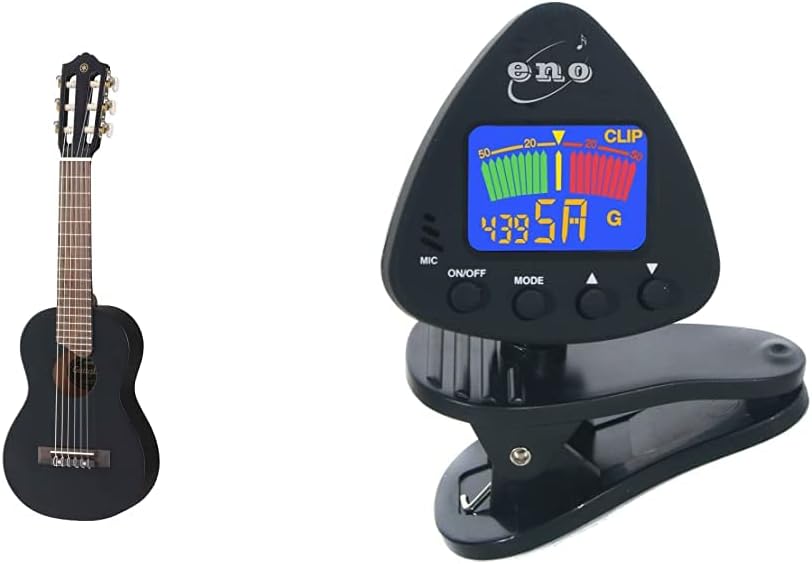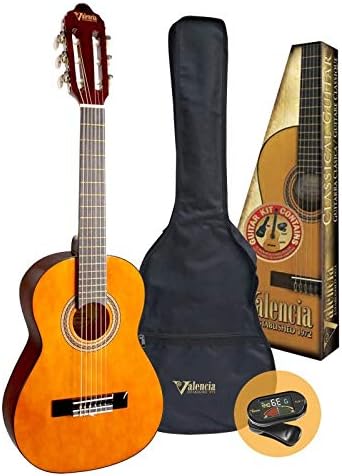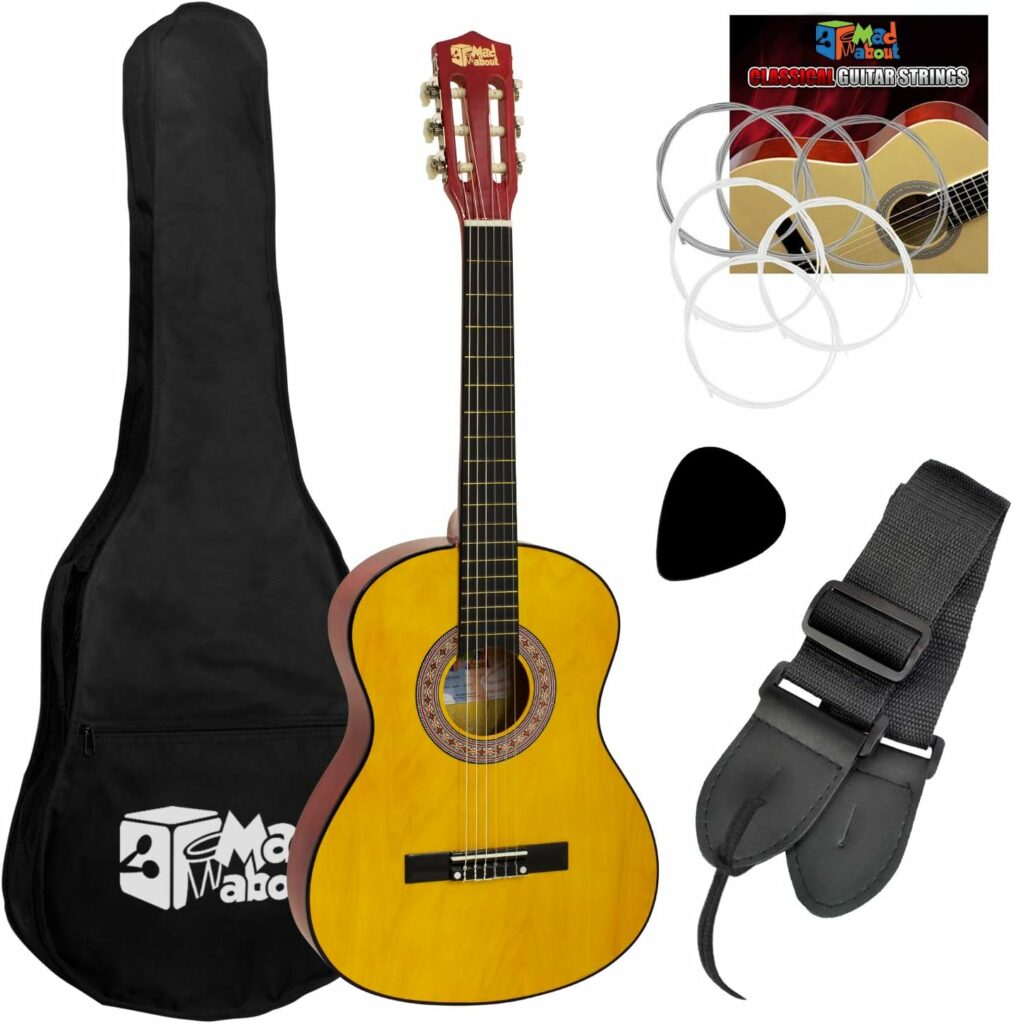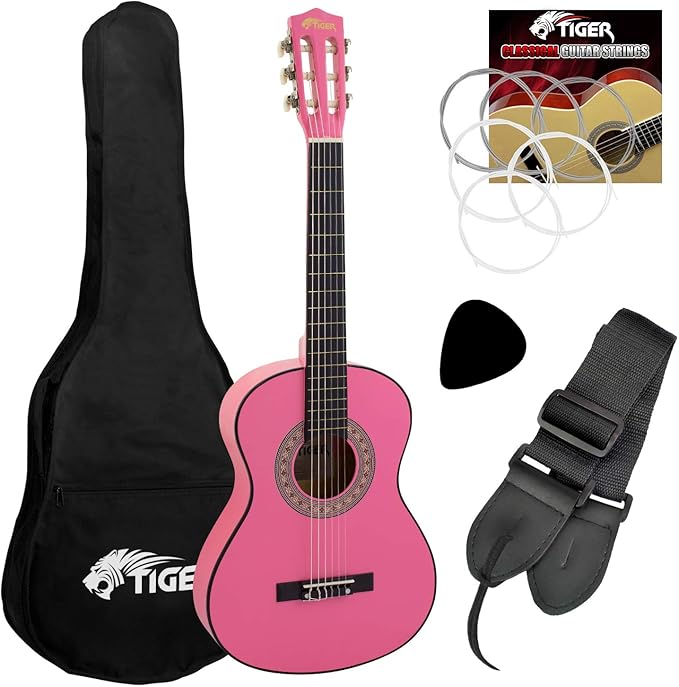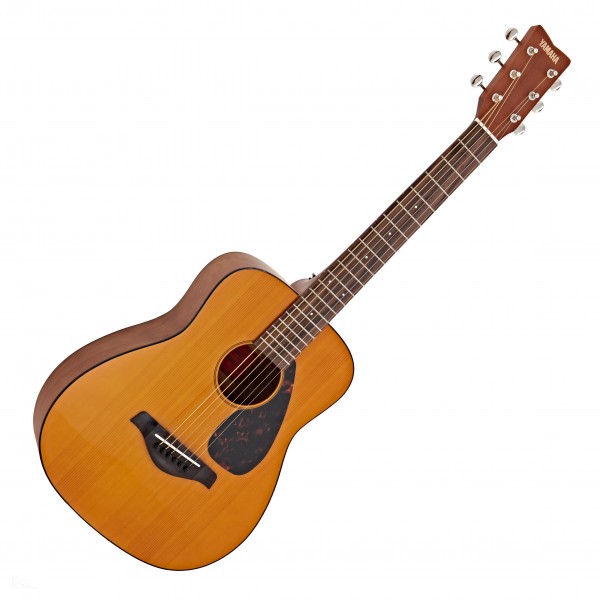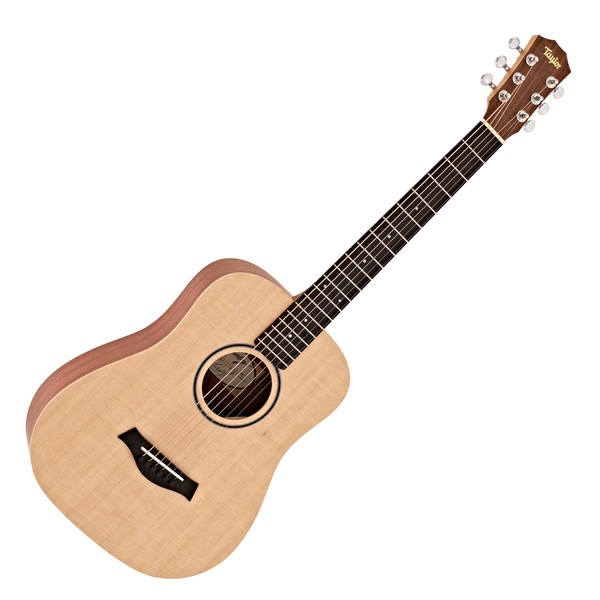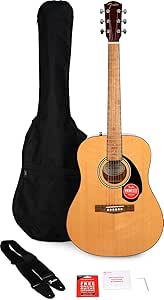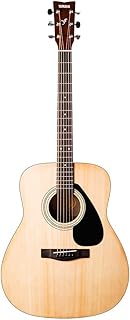Introducing your child to the world of music can be a fantastic journey, but one of the most important decisions you’ll make is choosing the right guitar size. Many parents make the mistake of buying a full-size guitar for their child, not realizing that different sizes are available to make learning easier and more comfortable.
If you’re shopping for a guitar for your little rockstar, you might be surprised to learn that children’s guitars come in various sizes, each designed for different age groups. Let’s explore the different options, why size matters, and how to pick the perfect guitar for your child.

Why Guitar Size Matters for Kids
Choosing the right guitar size is crucial for a child’s learning experience. A guitar that is too large can be difficult to hold, strum, and fret properly, leading to frustration and discouragement. Conversely, a guitar that is too small may not produce the full, rich sound needed to keep a young learner engaged.
The right guitar size allows a child to:
- Develop proper technique without strain.
- Build confidence in their playing ability.
- Enjoy the experience of learning and practicing.
Guitar Size Guide for Kids
To make things easier, guitars for children are available in different sizes, typically categorized based on the child’s age and height. Below is a breakdown of the most common sizes:
1/4 Size Guitar (Ages 4-6)
- Best for young beginners, around 3’3” to 3’9” tall.
- Lightweight and easy to handle.
- Perfect for simple strumming and basic chord learning.
- Popular choices: Yamaha GL1 Guitalele, Valencia VC103K.
1/2 Size Guitar (Ages 6-9)
- Suitable for kids around 3’10” to 4’5” tall.
- A step up in size, offering better sound quality and more playable frets.
- A great transition for children starting structured lessons.
- Popular choices: Mad About ½ Size, Music Alley MA-51 ½ Size.
3/4 Size Guitar (Ages 9-12)
- Designed for kids around 4’6” to 4’11” tall.
- Larger body and fuller sound, but still easy for smaller hands.
- Great for kids getting serious about guitar playing.
- Popular choices: Yamaha JR1 ¾ Size, Taylor BT1 Baby Taylor.
Full-Size Guitar (Ages 12+)
- Ideal for teens and adults around 5’ and taller.
- Standard size, offering the best sound quality and playability.
- Best suited for more advanced learners and those committed to playing long-term.
- Popular choices: Fender FA-115, Yamaha F310.
Acoustic vs. Electric: Which is Best for Kids?
Once you’ve figured out the right size, another big decision is whether to choose an acoustic or electric guitar. Here’s a quick comparison:
Acoustic Guitar:
- No need for an amplifier – just pick up and play!
- Ideal for learning basic chords and fingerpicking.
- Typically lighter and more portable.
Electric Guitar:
- Softer strings make it easier for small hands to press.
- Requires an amplifier, which adds extra cost.
- Great for kids who love rock, pop, and blues music.
For beginners, a ¾-size acoustic guitar is often a great starting point, while older kids might enjoy the thrill of an electric guitar.
How to Choose the Best Guitar for Your Child
Here are some key factors to consider when buying a child’s guitar:
- Size & Comfort: Ensure the guitar is appropriately sized for easy handling.
- String Type: Nylon strings are softer on small fingers compared to steel strings.
- Sound Quality: A well-made guitar will stay in tune and sound great, keeping kids motivated.
- Durability: Kids can be rough on instruments, so pick something sturdy and well-built.
- Budget: There are great beginner guitars available for every price range.
Where to Buy Kids’ Guitars
If you’re looking for high-quality guitars for kids, check out this list of options on Amazon: Kids’ Guitars on Amazon.
Some top-rated guitars you’ll find include:
- Yamaha JR1 ¾ Size – Excellent for beginners with a clear, bright tone.
- Mad About ½ Size – A trusted brand with quality construction.
- Martin LX1 Little Martin – A premium choice for serious young learners.
Final Thoughts
Giving your child the right-sized guitar sets them up for success in their musical journey. Whether they dream of strumming folk songs or shredding rock solos, the right instrument will make learning enjoyable and rewarding.
Are you ready to find the perfect guitar for your child? Check out the options and start their musical adventure today!

